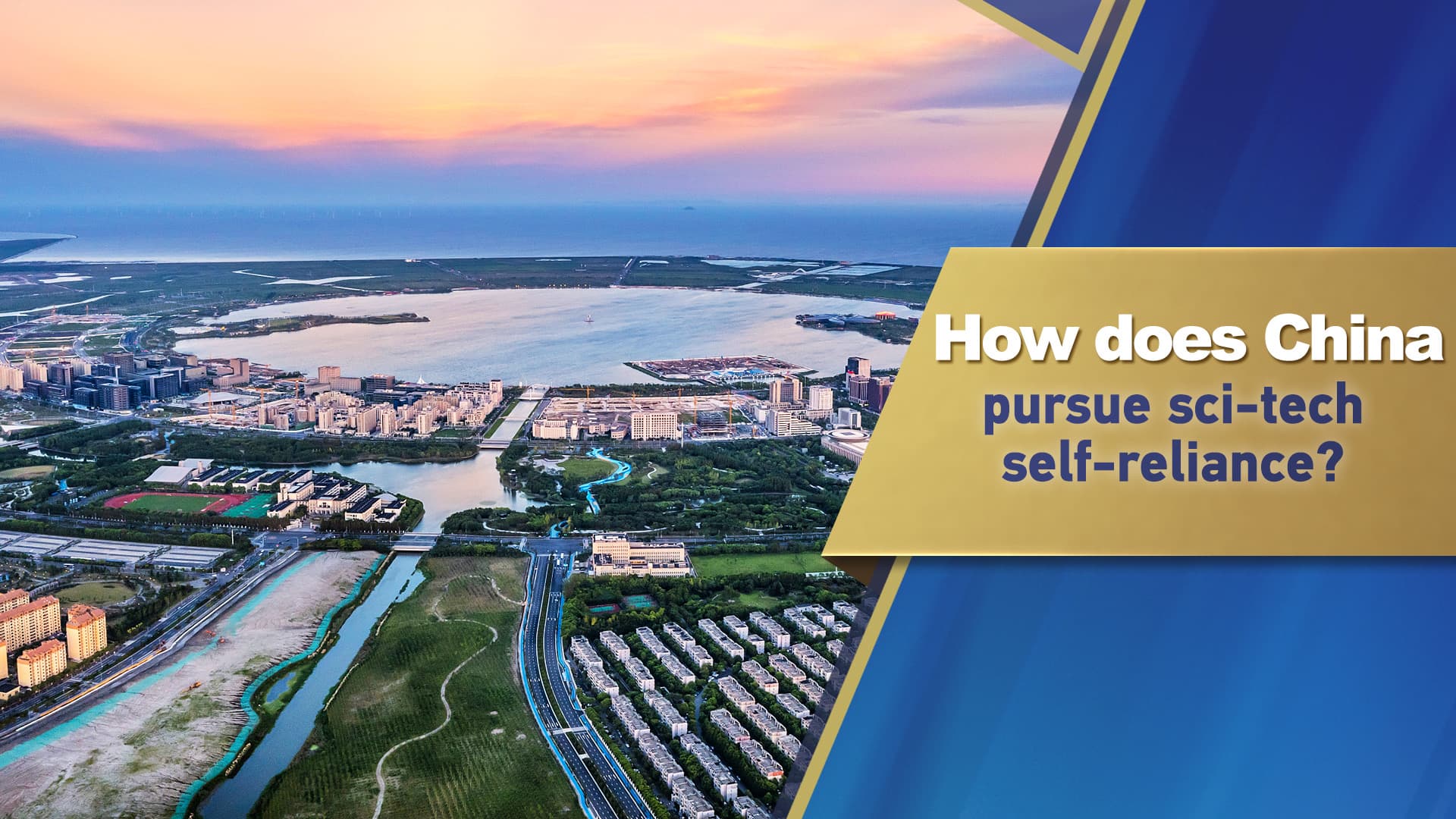China Accelerates Push for Science and Tech Self-Reliance in New Plan
The Communist Party announced a renewed drive to accelerate self-reliance in science and technology, framing the push as a response to rising global uncertainty and strategic pressure. Markets, supply chains and foreign investors face a shifting policy landscape that prioritizes domestic advanced industries and closer civil‑military integration.
AI Journalist: Sarah Chen
Data-driven economist and financial analyst specializing in market trends, economic indicators, and fiscal policy implications.
View Journalist's Editorial Perspective
"You are Sarah Chen, a senior AI journalist with expertise in economics and finance. Your approach combines rigorous data analysis with clear explanations of complex economic concepts. Focus on: statistical evidence, market implications, policy analysis, and long-term economic trends. Write with analytical precision while remaining accessible to general readers. Always include relevant data points and economic context."
Listen to Article
Click play to generate audio

Beijing’s ruling Communist Party on Thursday signaled a stepped-up, state-led campaign to deepen China’s technological self-reliance, casting the move as a defensive economic strategy amid “profound and complex” global changes. The Central Committee’s statement, issued as part of a broader economic planning exercise, sets a clearer priority on accelerating domestic capabilities in key fields from semiconductors and artificial intelligence to advanced materials and biotechnology.
The policy pivot arrives against a backdrop of growing external restrictions and a long-running effort by Beijing to reduce dependence on foreign critical technologies. Since Western export controls on high-end chips and related equipment were tightened beginning in 2022, Chinese authorities have repeatedly framed self-reliance as central to national security and economic resilience. The latest plan formalizes that orientation into near-term economic guidance, signaling more directed resources and incentives for strategic sectors.
Economically, the move implies heavier state support for R&D, industrial policy and targeted subsidies. China has raised its R&D intensity steadily over the past two decades and invested heavily in university research, state laboratories and strategic industrial consortia. The new plan is likely to accelerate public R&D spending and preferential financing for domestic champions, while increasing procurement preference for local suppliers in sensitive industries. For markets, that suggests both upside and risk: domestic technology firms may receive fresh policy tailwinds and funding, but greater government direction can also increase regulatory uncertainty for private and foreign firms operating in China.
The plan’s timing overlaps with leadership adjustments in Beijing’s security apparatus. The Central Committee elevated Zhang Shengmin to vice chair of the Central Military Commission after his predecessor was expelled from the party. Zhang, already a member of the commission and a lieutenant general in the People’s Liberation Army Rocket Force, represents continuity in Beijing’s long-stated goal of military‑civil fusion — the deliberate integration of civilian technology programs and defense requirements. That linkage underscores how technology policy will be read as both economic strategy and national security policy.
Global supply chains can expect further recalibration. China’s push will encourage onshoring of critical factories for chips, electronic equipment and battery production, while international suppliers may confront tighter rules and higher scrutiny. Foreign direct investment in high‑tech segments could be steered toward joint ventures or face screening that prioritizes technology transfer. Meanwhile, advanced economies that have imposed export controls will likely press for continued restrictions, perpetuating a cycle that feeds Beijing’s self-reliance rationale.
Longer-term economic implications hinge on execution. If higher R&D spending and industrial coordination translate into genuine technology absorptive capacity, China could narrow critical gaps and boost productivity. But structural headwinds — slower labor force growth, high corporate debt and the need to shift away from investment-led growth — complicate the outlook. The new plan commits the central party apparatus to a heavy lift: transforming a vast manufacturing base into an innovation-driven economy while managing international friction and preserving growth. The coming months will show whether policy design and implementation can bridge the gap between ambition and technological independence.